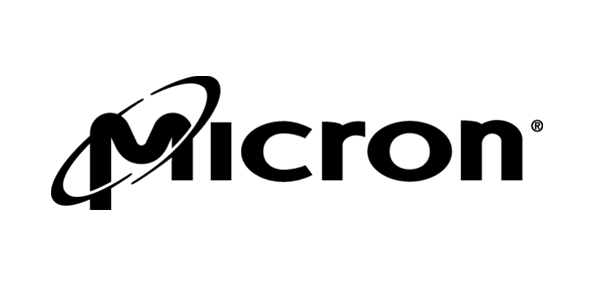Partial Discharge Testing for Bus Bar Assemblies
This exhibit will showcase the construction of a bus bar and how a specific test, partial discharge, works. A bus bar is a large layered piece of metal used to transport high currents and/or high voltages. Partial discharge testing aims to find any imperfections in the layers of the bar, whether it be an air pocket or a hole in the laminate used. The issues originally proposed were degassing occurring, as sometimes when the bus bar would rest for a week or two the previously failed bar would now pass, and discrepancies with the laminate used, as the company that was originally producing their laminate went out of business and the new one seemed to be prone to failures. After gathering data from a baseline run of bars, the issue seemed to be milder than originally expected. A design of experiments was run to determine if any issues could be caused by intentionally overpressing or underheating. Additionally, a better quality reporting system that created interactive and visual representations of the data was created to ensure all levels of management know exactly how many bus bars are failing and on what days they fail etc. This reporting system was implemented in Microsoft Power BI.
Topics
Exhibitor
Brooke Cary
Irtiza Prottay
Hunter Hansen
Robert Gilleran
Advisor(s)
Mentor: Don Pophal.
Organization
Other MSD Members: Hunter Hansen, Irtiza Prottay, Robert Gilleran This proposal is for our MSD group. The other affiliation is our client, Mersen Rochester.
Thank you to all of our sponsors!









